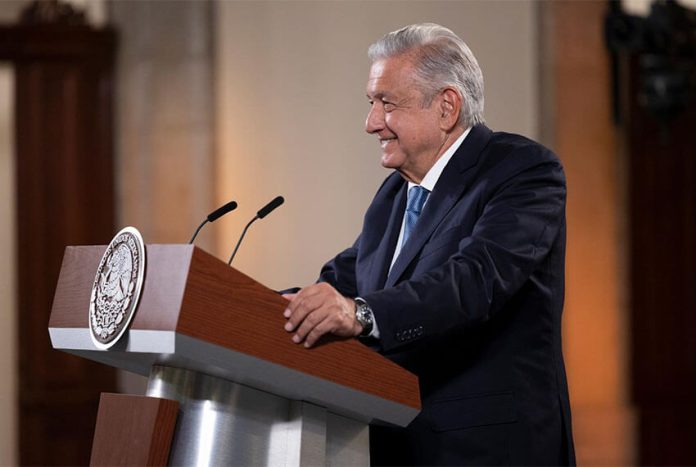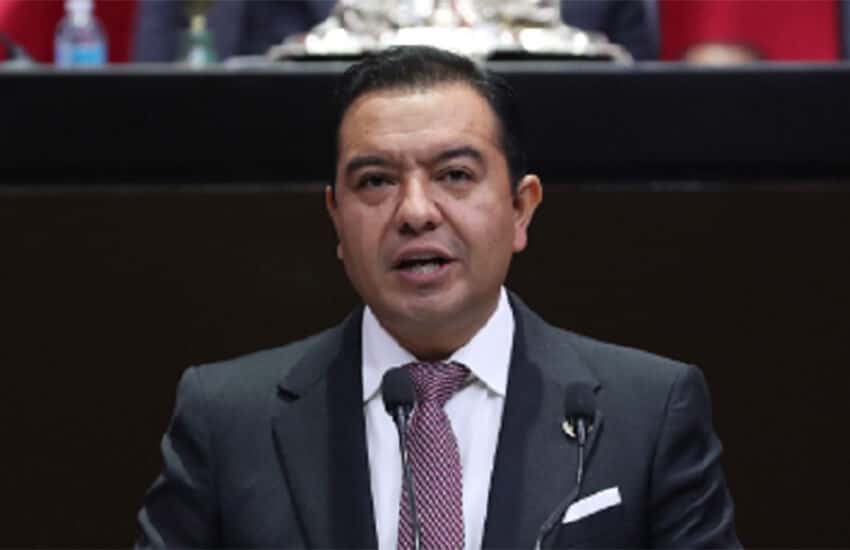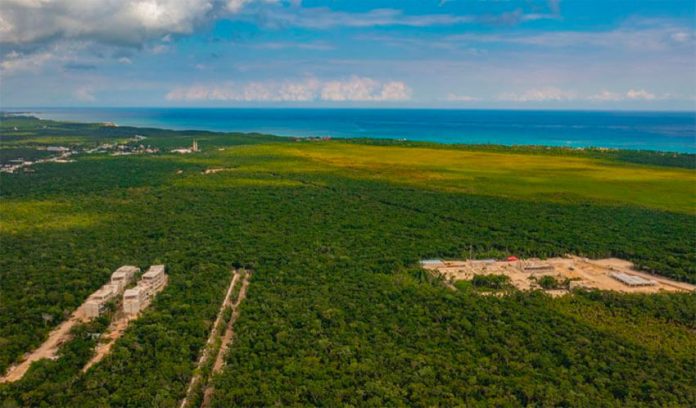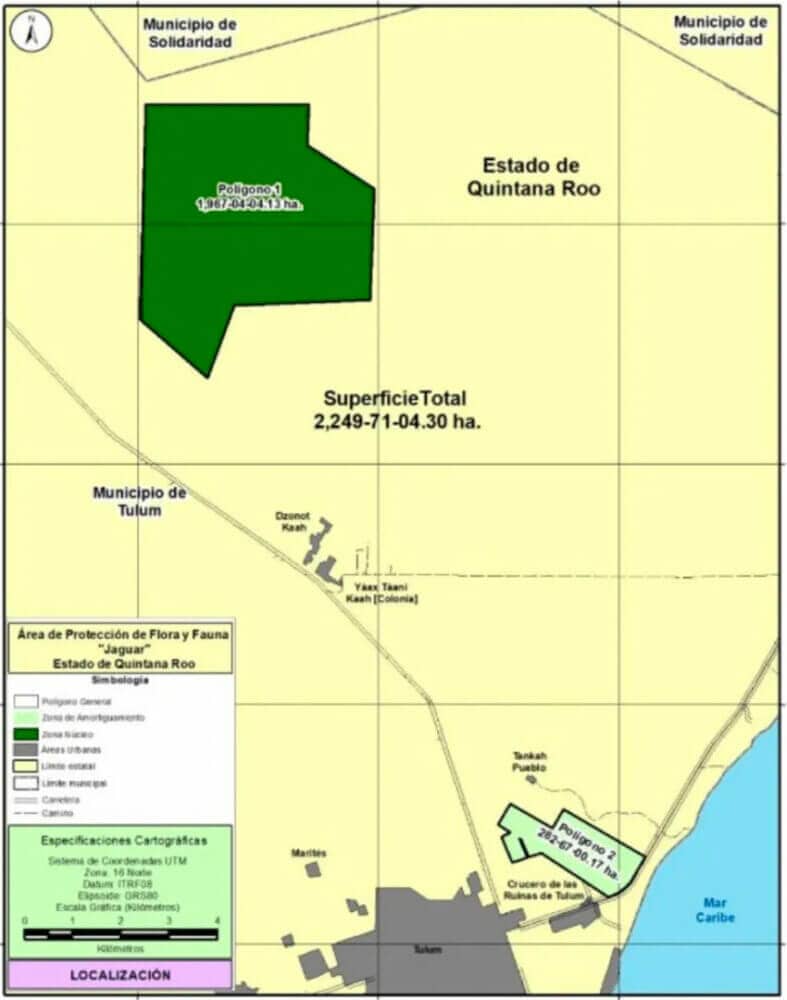The National Human Rights Commission is investigating accusations of torture of an 11-year-old Jalisco girl who her mother says was tasered by employees at a mental health facility after being doused with alcohol in a bid to control an anxiety attack.
The incident resulted in second-degree burns to 13% of the girl’s body, according to the newspaper Informador.
The girl, who suffered burns on her thorax, left hand and arm and abdomen, remains hospitalized and has received plastic surgery for her injuries and was due to receive another operation Thursday to determine if she will need skin grafts, Informador said.
The attack, which occurred on Friday at the House of Life, Way to Health facility in Tonalá, located in the Guadalajara metropolitan area, caused sparks that set the girl’s clothes on fire, according to the state human rights commission report.
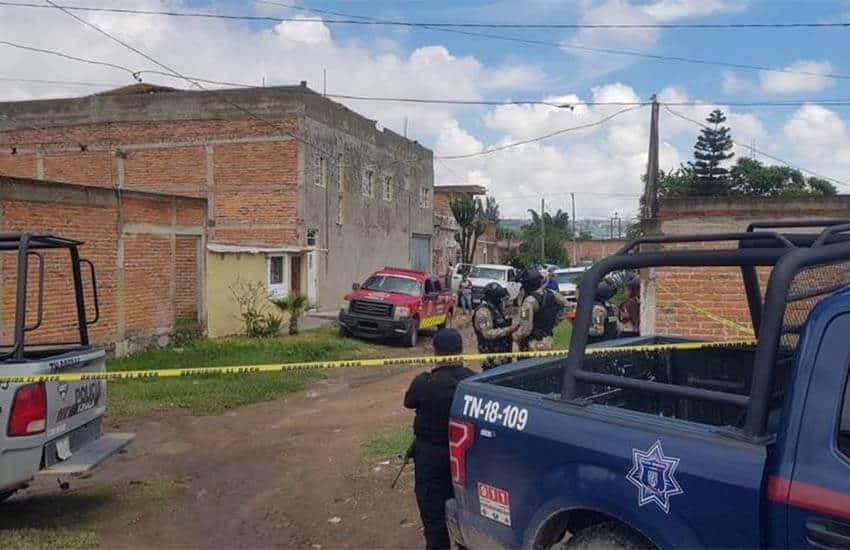
It has also forwarded the case to the National Human Rights Commission’s Division on Torture.
According to the state commission, the girl was held down by multiple employees then doused with alcohol and tasered. It also said that the employees were trying to subdue the girl after they could not control her during some sort of anxiety attack.
The mother, identified by the newspaper Milenio only as Monica, told Informador that the incident was first reported to her by the facility only on Saturday, when they told her it was an accident.
“They wanted to treat it as an accident, but that wasn’t the case. My daughter accused them to their faces. She told me, ‘No, Mama, they threw alcohol on me and tasered me,’ and she showed me her neck,” Monica said. “It was then that I started thinking about how to get her out of there, and I said that I would take her to be examined [medically],” she said.

Monica accused the facility of trying to trick her into not reporting the incident to authorities and said that officials offered her financial compensation for her daughter’s medical treatment. She said she reported the incident to authorities on Sunday after the girl was treated at a local emergency center. She was eventually transferred to a Guadalajara hospital for further care.
Monica told Informador that she admitted her daughter to the mental health residential facility less than a month ago because she was at her wits’ end.
“My daughter has anxiety and depression,” she added. “After she threatened to take poison and commit suicide, I was desperate about the situation. And since I knew the owners of the facility, I decided to take her there.”
Neighbors who live around the facility said they often heard shouting, screams and crying coming from the center.
“At dawn, sometimes you’d hear crying, shouts and stuff, but you didn’t know what was going on there. Now that this happened, we’ve been connecting it with what we heard,” said a neighbor.
Jalisco human rights ombusdwoman Erika Córdova said the commission isn’t clear on whether the facility has legal permission to operate and said they are still investigating the case.
“… If [they are not in compliance], Córdova said, “of course they will have to be closed.”
With reports from Informador and Milenio




